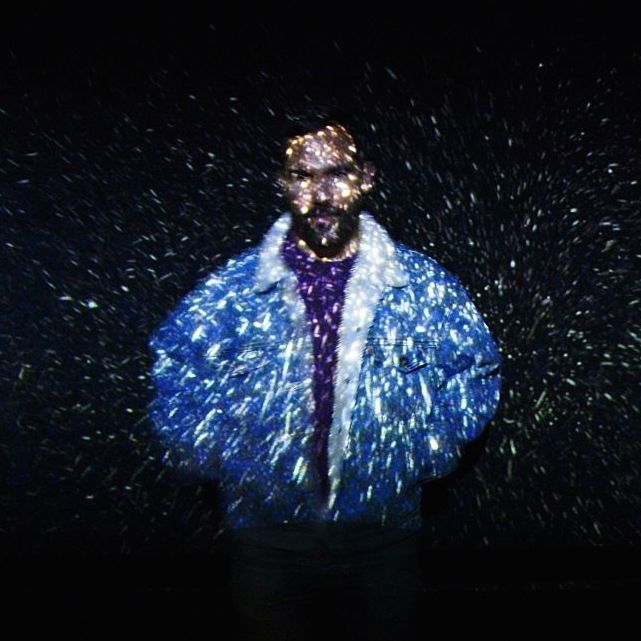PHOTOS & SPANISH VERSION BELOW
Roberto Ugolini is one of the most prestigious shoemakers in Florence. His workshop is located right at street level, in Via dei Michelozzi 17, in front of the basilica of Santo Spirito, in Oltrarno, as if in old times, when medieval guilds were so present in cities. The business opened twenty-two years ago just like a repair shop, but he soon began to make shoes too, always in Italian and English leather tanned in Italy. It takes thirty hours of work to create a pair of handmade shoes; thus there´s a waiting list over six months to acquire any. Above and below, photos show one of the craftsmen, probably the sexiest shoemaker in the old continent.
…











